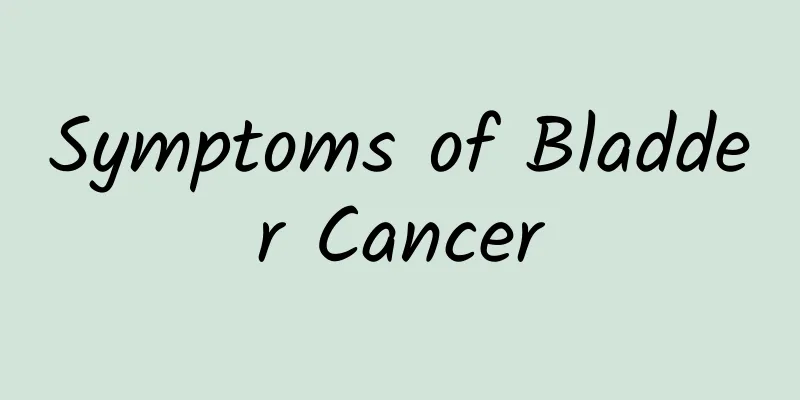How to deal with postural hypotension

|
Orthostatic hypotension is a type of hypotension, also known as orthostatic hypotension, which refers to a type of hypotension caused by changes in human body position. For example, when we suddenly stand up after squatting for a long time, we will have symptoms of dizziness. This is mainly due to insufficient blood supply to the brain caused by changes in our body position. So how should we deal with orthostatic hypotension? Let me introduce it to you below. Disease management: Once orthostatic hypotension occurs, blood pressure should be measured repeatedly in different body positions to ensure a clear diagnosis and symptomatic treatment to avoid adverse effects on the patient due to syncope. In addition to the treatment of the cause of orthostatic hypotension, the following points should also be noted: ⑴ Eat a balanced diet, supplement nutrition, avoid overeating or hunger, and do not drink alcohol. ⑵ Adhere to proper physical exercise, strengthen physical fitness, ensure adequate sleep time, and avoid fatigue and long periods of standing. ⑶For those with obvious symptoms, you can wear elastic stockings and use a tight belt. For a small number of patients with chronic orthostatic hypotension, drug treatment can also be given, such as the Chinese medicine Buzhong Yiqi Pills and Shengmai Yin, and corticosteroids can be tried. ⑷ To prevent orthostatic hypotension, bedridden patients for a long time and elderly people with hypertension should move slowly when standing up and do some warm-up exercises before standing, that is, do some light limb activities, which can also help promote the return of venous blood to the heart and increase blood pressure. They should also do transition movements for body position changes, that is, from lying to sitting, and from sitting to standing, so as to avoid orthostatic hypotension. There are four types of drugs that are likely to cause orthostatic hypotension: ⑴ Antihypertensive drugs: Guanethidine and ganglionic blocking drugs are the most common, others include hydralazine, dihydralazine, pargyline and α-methyldopa. These drugs can reduce vascular tension, dilate blood vessels and lower blood pressure. ⑵ Sedatives: Most commonly used after intramuscular or intravenous injection of chlorpromazine. In addition to its sedative effect, chlorpromazine also has an anti-adrenergic effect, which causes blood vessels to dilate and blood pressure to drop. It can also dilate small veins and reduce the amount of blood returning to the heart. ⑶ Anti-adrenergic drugs: such as tolazoline, phentolamine, etc., which act on the α-adrenaline receptors (receptors that constrict blood vessels) of blood vessels and block the vasoconstrictive effect of norepinephrine. ⑷ Vasodilators: such as nitroglycerin, which can directly relax vascular smooth muscle. Therefore, when using the above-mentioned drugs, you must be vigilant and take care to avoid orthostatic hypotension. Prevention methods include: ⑴ Tell the patient not to stand up suddenly after using this type of medicine. It is best to lie still for 1 to 2 hours. If you feel dizzy after standing up, you should continue to rest in bed. ⑵ After taking the medicine, getting up at night to urinate or defecate is most likely to cause orthostatic hypotension, so it is best not to go to the toilet to urinate or defecate at night. ⑶ Excessive sweating, hot baths, diarrhea, colds, drinking, etc. are all triggers of orthostatic hypotension and should be avoided. Be careful when you get up in the morning. Once orthostatic hypotension occurs, immediately lift the patient to a well-ventilated place, or lower the head, loosen the collar, and keep the patient warm. The patient will generally wake up quickly. For patients whose seizures last for a long time and whose mental state is unclear, acupuncture can be applied to Baihui, Renzhong and Shixuan points, and pressor drugs can be injected subcutaneously if necessary. Epinephrine is contraindicated in patients with orthostatic hypotension caused by chlorpromazine because epinephrine has α and β effects. The α effect can be blocked by chlorpromazine, and the β effect will be prominently manifested, causing certain blood vessels to dilate and further lowering blood pressure. At this time, adrenergic drugs that simply stimulate α receptors, such as mesothelin or phenylephrine, can be used, but the effect of correcting blood pressure is also unreliable. |
<<: Can low blood pressure cause insomnia?
>>: How to treat hypotension in kidney disease
Recommend
The efficacy and function of vinegar paste
The vinegar paste is made from old vinegar that h...
Artificial femoral head materials
Femoral head necrosis is not unfamiliar to most pe...
Fluid that leaks from the penis after erection
Many men find that some fluid flows out of the pe...
What does meniscus degeneration mean?
Many people are not quite clear about what menisc...
What is the TCM diagnosis of dizziness?
Dizziness is a common physical symptom in life. S...
What are the early symptoms of Kou Xin disease?
Coronary heart disease is a relatively common car...
How to Treat an Enlarged Prostate
Prostate enlargement is a common disease , it wil...
Why do I feel dizzy in autumn?
As the saying goes, "Spring makes you tired ...
What are the symptoms of blood-heat skin disease?
Blood heat can easily cause some skin symptoms, s...
If you take good care of women, you will definitely gain their sincerity.
Many people have had this experience: after eatin...
Laozi and Zhuangzi's Philosophy and Chinese Medicine Health Preservation
Today, health-preserving methods are popular in s...
What are the symptoms of enteritis? Is your intestine healthy?
Enteritis is a disease that is prevalent in summe...
What are the CT manifestations of hepatic hemangioma?
Although hepatic hemangioma is a benign disease, ...
What is the carotid artery pulsation?
As we all know, the human body contains many bloo...
Symptoms of foot-mouth disease
In recent years, many parents feel fear when talk...









